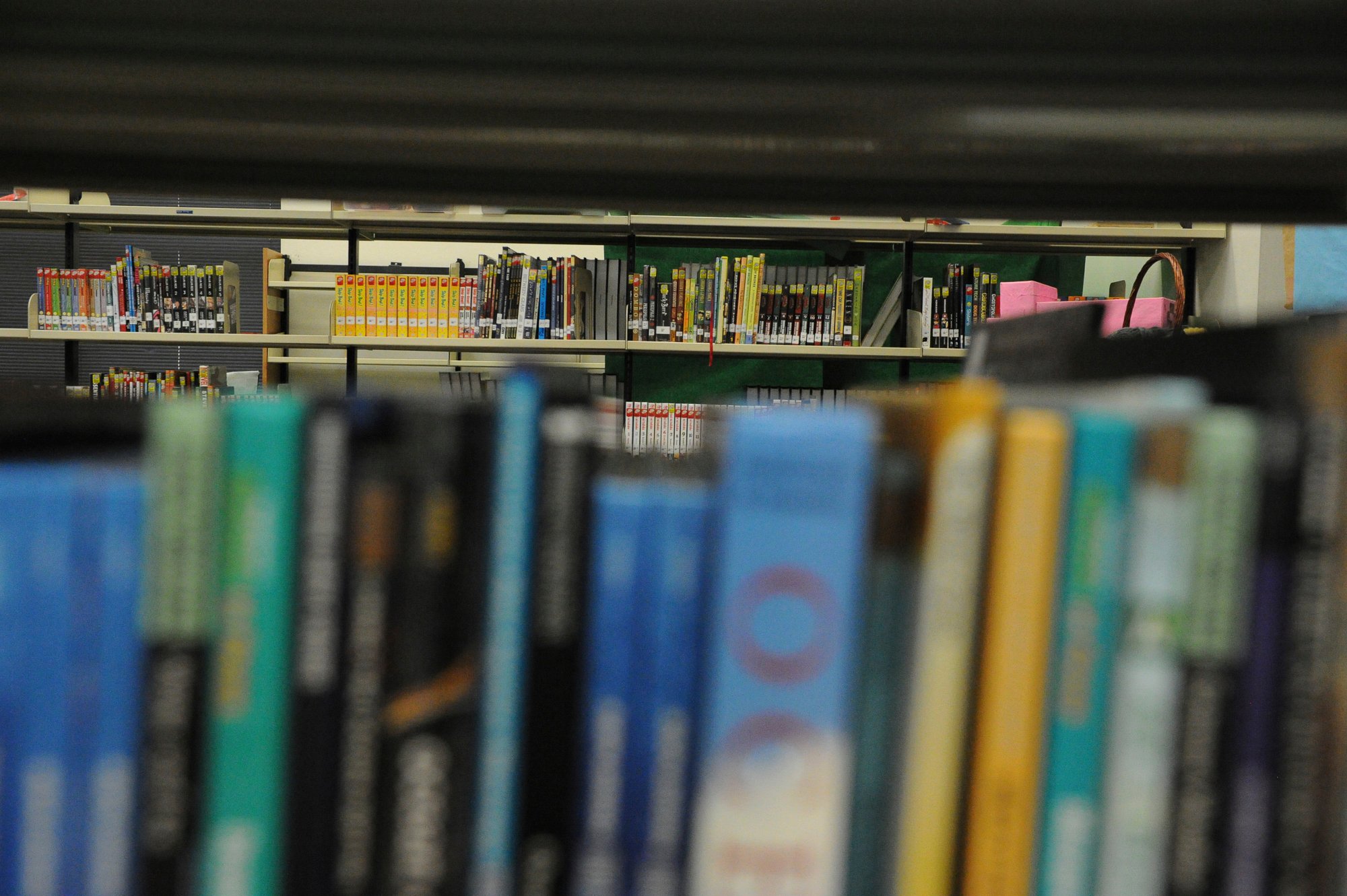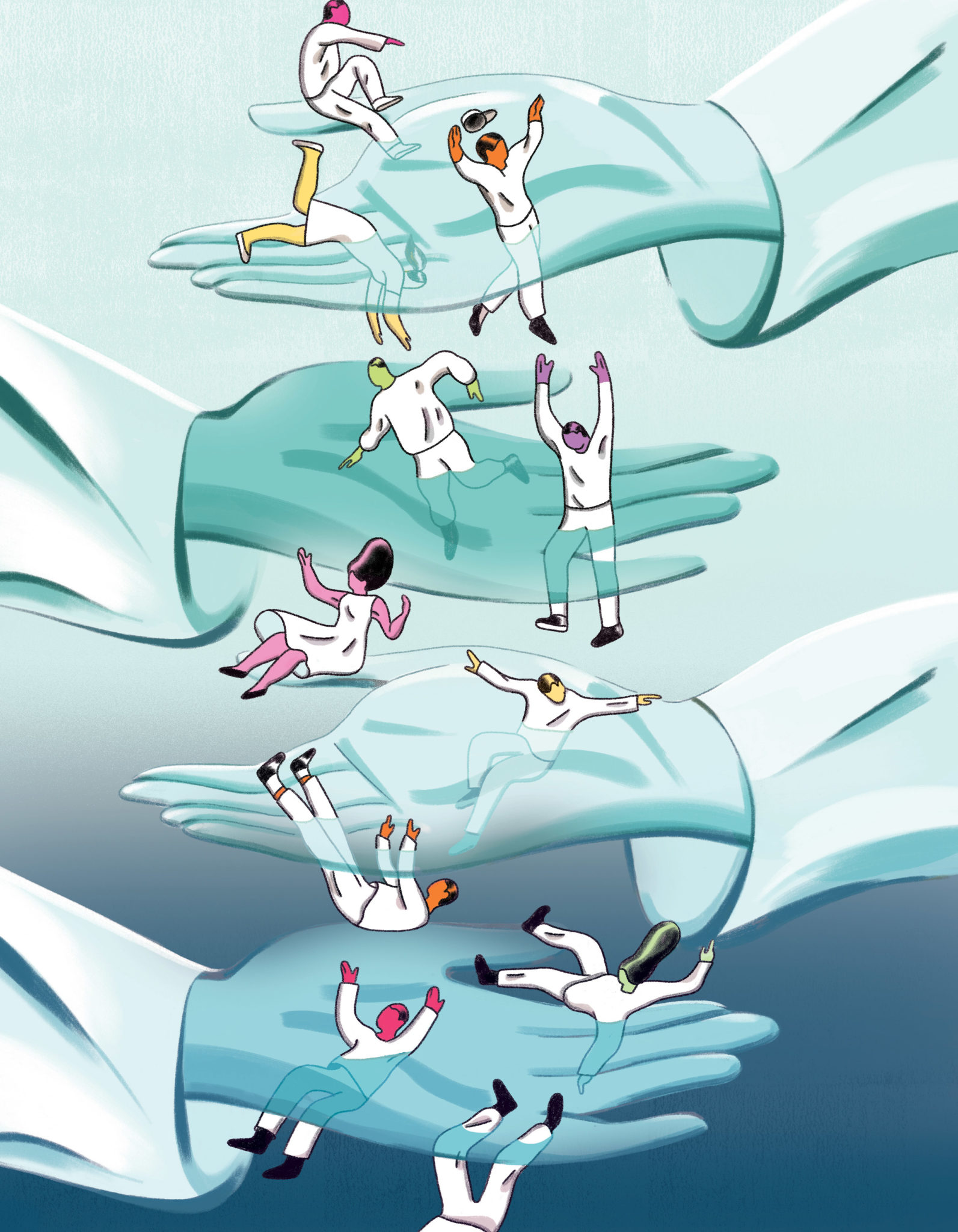
We Were the Safety Net
From Rachel Pearson's "No Apparent Distress: A Doctor’s Coming of Age on the Front Lines of American Medicine," this excerpt is featured in our April issue.
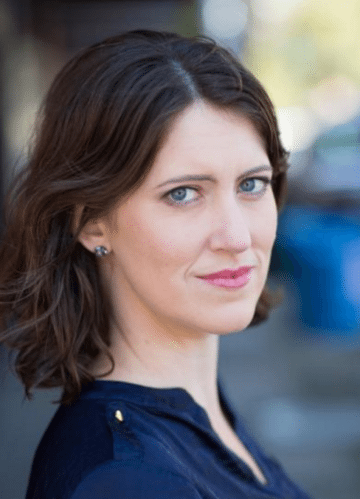
A version of this story ran in the April 2017 issue.
We Were the Safety Net
As a medical student in Galveston, Rachel Pearson learned as much in her work at St. Vincent’s, a student-run charity clinic, as in any of her classes. In this excerpt from her new memoir, Pearson and a fellow student struggle to help uninsured cancer patients get the care and compassion they deserve.
May 15, 2017
Jacob came into the director’s office with a chart in his hands, looking shaken. “Can I present to you?” he asked.
“Sure,” I said. “Give me one sec.” I finished the note I was writing in a patient’s electronic medical record — labs suggest that rheumatoid arthritis is not adequately controlled on current regimen, consistent with symptoms, follow-up scheduled in one month — and turned to Jacob. “Go ahead.”
“Okay. So. This is Ms. Blair. She’s a 39-year-old African American woman with an abdominal mass, who presents today with a CT scan suggesting cancer.”
“Whoa,” I said.
“Yeah,” Jacob said.
“You have the CT?”
“I have the printout they gave her,” Jacob explained. “It was at a hospital on the mainland. She’s had this mass in her belly for three years now, and it’s growing. It’s like the size of a football. But she doesn’t have insurance, obviously, because she’s here. Anyway, we saw her here last month for carpal tunnel syndrome, but also on exam she had this big mass. So we advised her to go to the ER and maybe get imaging. They did a CT in the emergency room, and then they sent her back here.”
Jacob handed me the printout. The radiologist who had analyzed her CT wrote that it looked like the mass was growing into her intestines. “A large mesenteric mass of solid and cystic components, possible uterine or ovarian origin … suspicious for sarcoma, carcinoma… ” — in short, cancer. Possibly.
“So did they do a biopsy?” I asked. You can’t actually diagnose cancer from an imaging study; you have to do a biopsy to get a sample of the tissue.
“No,” Jacob said. “They just did the CT, and told her to come here.”
“Okay,” I said, feeling annoyed with the hospital. “So they decided their potential cancer patient should come to the student-run free clinic. Great idea.”
Jacob shrugged. “Any other symptoms?” I asked.
“Some burning after she eats, and belly pain. But nothing else.”
“No weight loss?” I asked.
“No weight loss.”
“And on physical exam?”
“Well,” Jacob said, “the mass is in her lower abdomen, and it’s really obvious. You can see it. It looks like she’s pregnant. And when you feel, it’s hard and basically smooth. Nontender. Nonmobile. But, listen, I… ”
“You?” I said gently. It was strange to see Jacob so shaken. He was just a second-year student, but he was an experienced volunteer who came to almost every clinic day at St. Vincent’s. On Saturday mornings, he would wake up at seven to go to the Luke Society homeless clinic, held in a parking lot downtown, and then come to St. Vincent’s at 10. He had cared for cancer patients, and always seemed unflappable: calm, smiling, concrete. When things went badly with a patient, he would go home and read a book with dragons in it. I trust him.
“The thing is,” Jacob said quickly, “I think I just told her that she has cancer.”
“Oh, my gosh,” I said.
“You know, by accident. She had been to the ER, and they did this CT so I thought they explained it to her. But she didn’t know.”
“What happened?” I asked.
“Well, I said, ‘So they told you that you might have cancer?’ and she just looked at me and shook her head,” Jacob said. “I am so sorry. I just didn’t think about it. I’m so sorry.”
“Oh, Jacob,” I said. “It’s not your fault. The hospital never should have put you in that situation.” I was trying to be gentle and focus on Jacob, but my annoyance flared again. How could the hospital be so irresponsible, sending this patient to us without telling her the results of the CT? Did they really think it was right to off-load that duty onto students? Jacob was just a second-year med student.
Then again, maybe I was at fault. I was one of the directors of this clinic, and I had let a junior student walk into this situation on his own. A senior student would know to begin by asking the patient what she understood about the CT. If the patient didn’t say the word “cancer,” a senior student would know to bring an attending in. All of us directors trusted Jacob’s skills so much that we always asked him to see patients on his own when we were short on volunteers. But maybe I had let him down by not making sure that he had adequate support.
Jacob was still standing there, his shoulders slumped. “I just didn’t think,” he said softly.
“Jacob,” I said again. “You didn’t do anything wrong. Let’s get Dr. Black, and let’s figure out what to do.”
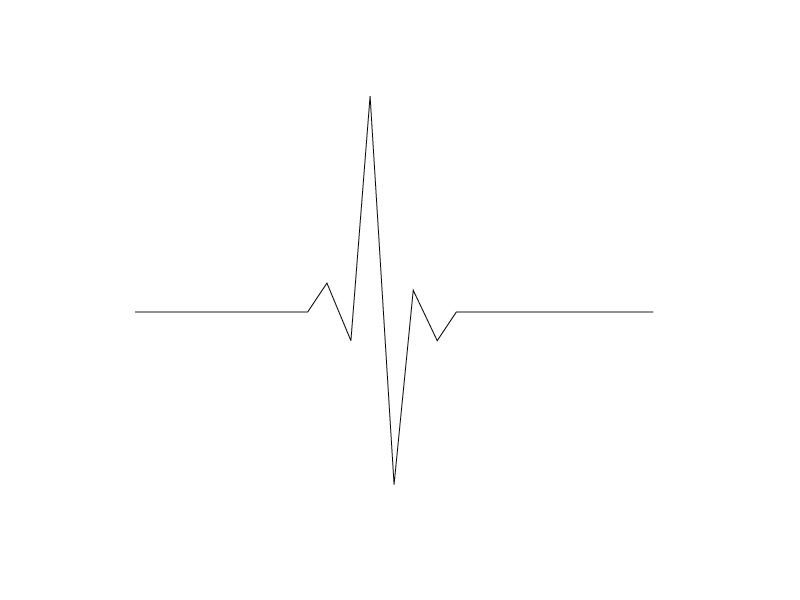
“Burnout,” Susan McCammon once said, “is not in the Jacob Lin mentality.” Jacob comes from the Houston suburbs, and he went to a smaller college where he double majored in biology and chemistry. He also volunteered 100 hours per semester as part of a service fraternity. His favorite service activity was called Agape Meal, where volunteers would sit down and eat with homeless people. There, Jacob learned that homelessness was, as he calls it, “just a situation.” Some people are homeless for decades, but for some, it was a temporary state — jobs fell through, apartments kicked families out and they were on the streets.
When he came to Galveston and started medical school, Jacob was amazed at the amount of free time he suddenly had. What am I going to do with all this free time? he wondered. Within two weeks of starting school, he began volunteering at St. Vincent’s.
The first night Jacob came, it was ob-gyn night, and he couldn’t volunteer because he hadn’t been trained to do speculum exams. He came back the next Tuesday, on dermatology night, and his very first patient had delusions of parasitosis — that is, the patient experienced the sensation of bugs crawling on her skin, but there was no dermatological cause of that experience. Jacob says that the patient got really angry when the dermatologist explained this to her.
“But everyone else was so nice!” he said. “The doctor, and the student directors. They were all really great. Everybody was really nice. Except for the patient. She yelled at us. But anyway, I loved it.”
So Jacob felt comfortable at St. Vincent’s early on, and with the copious free time of a first-year medical student who has never had to struggle for a grade in his life, Jacob began coming to St. Vincent’s two or three times a week. Just as I had, he learned how to practice medicine there.
The first few months were a honeymoon. “At that time, I was still under the impression that there was a safety net,” he said. “I didn’t realize that we were the safety net.”

The honeymoon ended with Jacob’s first cancer patient. Lex Klein was 61 and living in the Salvation Army shelter in Galveston. He’d had pain in his throat for a year, and had been to the emergency room twice: once, a doctor prescribed him penicillin. It didn’t help. The next time he went to the ER, they did a CT scan and found a tumor at the base of his tongue. But he couldn’t get medical care — he wasn’t old enough to qualify for Medicare, and as an adult man with no dependent children, he was ineligible for Medicaid in Texas. He started taking handfuls of ibuprofen to try to dull the pain.
So one night, Mr. Klein rode his bicycle to St. Vincent’s, and the student directors called Susan McCammon — who by then had become our regular ENT consultant — to come and meet him. She brought the equipment to do a biopsy into the clinic, and Dr. Schnadig, a UTMB pathologist, read the biopsy results for free. It was cancer.
Jacob was at one of Mr. Klein’s first appointments, and he kind of adopted him. Along with Julian, a student director who was planning to go into ENT, Jacob started seeing him every Tuesday evening.
At the time, St. Vincent’s had a blanket policy of not prescribing opiates — drugs that are not only addictive but can also be sold on the street. Established clinics have solid ways of monitoring the use of these drugs — regular urine drug screens, for example, to make sure that the person prescribed the medications is actually taking them. As a student-run clinic, we couldn’t even guarantee that our patients would always be seen by the same provider, and we worried that prescribing these drugs might do more harm than good.
In my graduate courses, however, I was learning that this policy was problematic. Poor people are very likely to be denied access to opiates — which, as imperfect as they are, are the indicated medication for cancer pain. Pharmacies in poor neighborhoods often don’t stock opiates, so it can be hard to get the drugs even if you have a prescription. And African Americans in general are very likely to be untreated or undertreated for pain. Although studies show that African Americans are less likely than whites to abuse opiates, doctors seem to profile black patients as addicts or potential addicts, and fail to prescribe the appropriate drugs.
We had good reasons not to prescribe opiates at St. Vincent’s, but we were also part of a bigger problem: as a safety-net clinic housed in a historically African American community center, we were a classic example of why black patients’ pain went undertreated.
Although studies show that African Americans are less likely than whites to abuse opiates, doctors seem to profile black patients as addicts or potential addicts, and fail to prescribe the appropriate drugs.
So along came Mr. Klein, with his incredibly painful cancer growing in his throat, and we knew it had been there for a year and that he still wasn’t getting chemotherapy for it. Even with treatment, throat cancer kills 50 percent of people. And, ideally, patients should go from diagnosis to treatment in less than 100 days.
After the biopsy, Jacob and Dr. McCammon came into the student director’s office. “I need a prescription pad for a triplicate,” Dr. McCammon said.
“Um,” I said, “I’m not sure we have that. What’s a triplicate?”
“I need to write for methadone for Mr. Klein. For his pain. And it’s a controlled substance, so it goes on a special prescription pad.”
“Oh,” I said. The office was full of students; someone was on the phone, and two students were rifling through the sample medications on the shelf. It was noisy. “Yeah. We don’t have that.”
“So, how do you prescribe opiates?” Susan asked.
“Um,” I said, feeling embarrassed, “we don’t prescribe them.”
“He has cancer,” she said, looking at me flatly and speaking slowly, as if I were a dim specimen of a medical student. “Pain control with opiates is part of the standard of care.”
“I’m with you,” I said. “I want his pain to be treated. But we don’t prescribe them here.”
Dr. McCammon did the sensible thing, and brought her own prescription pad to write a prescription for methadone for Mr. Klein. So our policy changed a bit: with cancer patients, we would do our best to handle prescribing opiates. But it turned out not to be as simple as that. Mr. Klein had managed to get access to a little bit of money, through a bank account set up by his brother, for the medication. He had a debit card. So he would ride his bicycle to the pharmacy and try to use the debit card for the methadone, but the debit card had someone else’s name on it. Sometimes he would get turned away. Dr. McCammon took to meeting him at the pharmacy so she could stand there and tell the pharmacist that yes, this was her patient, and yes, he needed methadone. But even then it was complicated: one week, a pharmacy would have methadone, and the next week it wouldn’t. Mr. Klein would end up bicycling all over the island trying to get his medication. And that wasn’t so easy because, on top of the bicycling and the hassle and having to get back to the Salvation Army every night in time to be let in before curfew, he also had cancer.
“It was dangerous for him to have the methadone,” Jacob explained. “It could have gotten stolen. I don’t know what would have happened to him if other people had found out he had methadone. But somehow he managed to keep it secret.”
Pain control, of course, was not all that Jacob wanted to offer Mr. Klein. He also wanted to get him the chemotherapy, surgery and radiation that he needed. And so he set about trying, with a kind of dogged diligence that I have never seen in anyone else. He worked with Susan to amass the paperwork to apply for care for Mr. Klein through the UTMB Casebook system, and then sat quietly while Susan told him that he had been denied. He called around to all the local hospitals. He found out that the American Cancer Society would provide transportation to appointments for Mr. Klein, and so then he started calling hospitals in Houston. He helped him get together an application for the Galveston County indigent care program. None of it worked.
All this time, Mr. Klein kept feeling hopeful. He really believed that Jacob and the others at St. Vincent’s were going to get him treatment. As the rejections rolled in, he would accept the news calmly. “He had tremendous faith in all of us,” Jacob said, “that we were going to be able to help him.”
Jacob didn’t know how to feel about that faith. He didn’t think he deserved it. After a long time, he no longer felt hopeful that Mr. Klein was going to get treatment. He no longer believed that the medical system was working, or that people who truly needed help could get it. He would hang up the phone after another frustrating call, weeping with anger. He started blasting Nine Inch Nails in his apartment. “Nine Inch Nails helped a lot, actually,” he said.
Susan counseled Jacob on hope. “I learned that there are a lot of different things you can hope for,” Jacob said, when hoping to live no longer feels like an option. You can hope for a death that feels like part of life, that is more pain-free and gentle than you ever expected. You can hope for forgiveness, or reconciliation — with family, with God. You can hope for a good life in the time you have. Gently, in the clinic room at St. Vincent’s, Susan taught Jacob how to talk about these kinds of hope with Mr. Klein.
Early in medical school, Jacob never expected that he would be having conversations about hope. “I’m more of a concrete person,” he said. He is fluent in the immune effects of hyperglycemia, the morphology of Giardia, the pharmacology of beta-blockers. “I can get touchy-feely when the situation arises,” he said. “And it arose, so I did that. But no, I never expected to be in that situation.”
Then in May, a full eight months after Mr. Klein first showed up at St. Vincent’s, he was accepted into the Galveston County indigent care system. So hope, the old-fashioned kind of hope for survival, swelled again.
You can hope for a death that feels like part of life, that is more pain-free and gentle than you ever expected. You can hope for forgiveness, or reconciliation — with family, with God. You can hope for a good life in the time you have. Gently, in the clinic room at St. Vincent’s, Susan taught Jacob how to talk about these kinds of hope with Mr. Klein.
The county said that Mr. Klein would need to live in walking distance of the hospital if he didn’t have a car. But the hospital was on the mainland, and Mr. Klein was still living in the Salvation Army shelter. His brother pulled through and bought him a trailer near the hospital. And things began to happen.
After moving to the mainland, Mr. Klein would call Jacob every two weeks or so to update him. He was scheduled to begin chemotherapy in July. He had scans done to look for the spread of cancer around his body. He even went into surgery, where they placed a feeding tube in his stomach to prepare him for the removal of the throat cancer. He would be unable to eat by mouth for quite a while.
But the throat cancer was never removed. Because, in a final agonizing turn, the county said in July that Mr. Klein no longer qualified for indigent care because he owned the trailer. He was too wealthy.
Mr. Klein kept calling Jacob for a while, once a month or so. After a time, the calls stopped. Jacob still has the number in his phone, but he doesn’t want to call it. Some part of him just doesn’t want to know.

Jacob says now that his experience with Mr. Klein helped prepare him to care for Vicki Blair, the woman with the large mass in her belly.
Together, Jacob and I talked with Dr. Black, who volunteers at St. Vincent’s every Tuesday. She is a no-nonsense doctor with impeccable credentials and a great bedside manner. I knew she would be the right person to help Ms. Blair.
The three of us knocked and entered Ms. Blair’s room, and sat down around her. She was sitting in a chair with her back to the wall, dressed in athletic pants and a T-shirt. Dr. Black introduced herself and me, and then said, “I understand you got this CT scan done at Shoreline. And that Jacob told you that the doctors there thought that it might look like cancer.” I felt Jacob tense up beside me.
Ms. Blair nodded.
“I am sorry,” Dr. Black said. “I know that’s not good news, and it can be really scary.”
Ms. Blair nodded again.
“I want you to understand, though, that we don’t yet know if it is cancer. There’s obviously something going on, but a CT scan doesn’t diagnose it.”
“Well, what do you think it is then?” Ms. Blair asked.
“I don’t know,” Dr. Black said. “It could be cancer. But it could also be a kind of growth that isn’t cancer, or isn’t dangerous.”
“So are y’all going to figure that out?” Ms. Blair asked. Her eyebrows were raised, and she looked skeptical. Which was right, I figured, because she had already gotten the runaround from a hospital. Why would she think that a free clinic could help her?
“We’re going to try,” Dr. Black said. “We need to do a biopsy, where we take a needle and look at a sample of the tissue inside you. So our next step is going to be figuring out how to get you that biopsy.”
“Figuring it out?” Ms. Blair asked.
Dr. Black nodded. I knew why she was hesitating to just say yes, we would do it. A lot of things had been done at St. Vincent’s that don’t happen in most primary care clinics — things like Mr. Klein’s throat biopsy — but this would be a new one for us. We had never tried to do a biopsy through the wall of someone’s abdomen. And I wasn’t confident that we could do it, or should. What if there was a complication? What if she bled? I knew that in a worst-case scenario we could send her to UTMB in an ambulance. But was it safe to try this at all, with the nearest operating room at least 15 minutes away? I could imagine the look on a surgeon’s face, receiving a patient transported from St. Vincent’s by ambulance and asking, “What the hell are they doing over there?” I could imagine a UTMB administrator calculating the cost of treating Ms. Blair for complications caused by a biopsy at St. Vincent’s, and then picking up a telephone to start a cascade of decisions that would shut down the clinic. I could imagine our patients, then, having nowhere at all to go.
Then I looked at Ms. Blair. She was only 10 years older than me. She was a mother. She was loved in the world, and she was struggling to trust us. Getting her the biopsy she needed might be a step toward earning her trust, showing her that somebody in the world of medicine believes that her life matters. But if something went wrong…
I looked around the room, from face to face. There was skeptical Vicki Blair with something growing in her belly, calm Dr. Black, and Jacob looking nervous but determined. And there I was, the person trying to keep this operation afloat.
Nothing about this was going to be easy, or simple. We were in over our heads.
Excerpted from No Apparent Distress: A Doctor’s Coming of Age on the Front Lines of American Medicine. Copyright © 2017 by Rachel Pearson. With permission of the publisher, W. W. Norton & Company, Inc. All rights reserved.
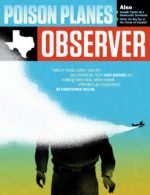
This article appears in the April 2017 issue of the Texas Observer. Read more from the issue or become a member now to see our reporting before it’s published online.


